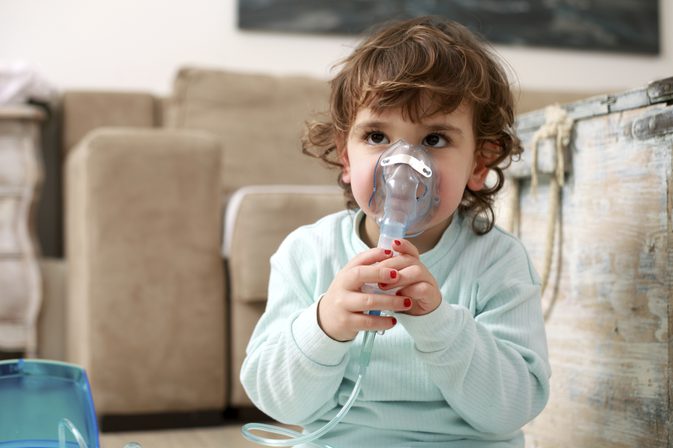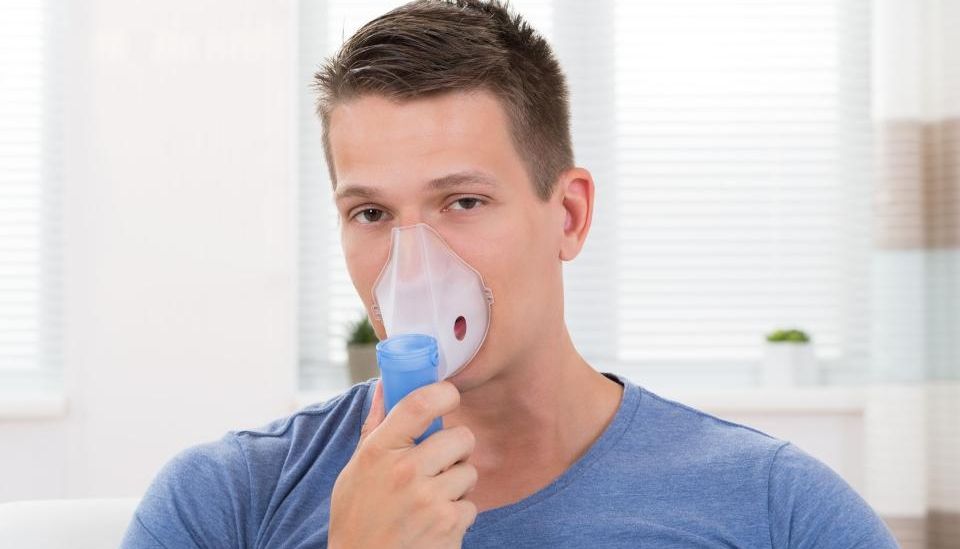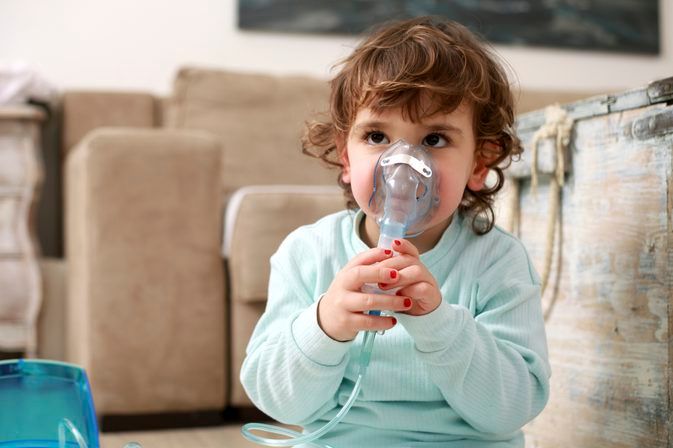A nebulizer (or nebuliser) is a device used for administering liquid medication in the form of fine mist (aerosol) into the lungs. This drug delivery device is commonly used for treating asthma, COPD, cystic fibrosis and other respiratory disorders.
The nebulizer makes use of compressed air, oxygen or ultrasonic power for breaking up solutions and suspensions into small aerosol droplets that can directly be inhaled from device’s mouthpiece. They are easier to use during an asthma attack and multiple drugs can be given at the same time. It’s more convenient to use in case of young children.
Nebulizer can be of two types: mechanical and electrical. The soft mist inhaler and human powered nebulizer come under mechanical nebulizers. And the electrical nebulizers include vibrating mesh technology, jet nebulizer, and ultrasonic wave nebulizer.
Here are the basic guidelines of use, precautions and side effects for nebulizers.
How To Use A Nebulizer?

A doctor often tells how to use the nebulizer. Consider consulting a doctor if there are any specific instructions for treatment. A reference manual that come with the device may also help you with its use.
Here are the basic guidelines on how nebulizer should be used.
1. Place the compressor over a flat surface where it can safely reach an outlet.
2. Make sure you keep a check that all the pieces are clean.
3. Do wash your hands well before preparing the medication.
4. If your medication is mixed beforehand, place it in the container. If you need mixing it, measure the right amount and then put it in the container.
5. Attach the tube to liquid container and compressor.
6. Now connect the mask or mouthpiece.
7. Turn the switch on and check if your nebulizer is misting.
8. Place your mouthpiece in mouth and close the mouth around it. Place the mask safely over your nose and mouth, without leaving any gaps.
9. Inhale and exhale slowly until the medicine goes in. It may take around 5 to 15 minutes.
10. Keep the liquid container straight up all through the treatment.
Preventions To Be Taken

The nebulizer treatments can help in preventing respiratory problems and in treating acute breathing emergencies as well. The long-term bronchodilators that are obtained on a regular basis can help in keeping the bronchial tubes open. The steroids are helpful in reducing mucus production and inflammation inside the lungs which could be blocking the oxygen flow in your body.
Side Effects Of Nebulizers

When compared to the oral administration of the same medications as given in the nebulizer therapy, the latter causes reduced side effects. The nebulizers pose a reduced risk of short term side effects including headache, rapid heartbeat and tremor. The risk of long-term complications of steroids is also reduced that includes weight gain, bone loss, high blood glucose, vulnerability to infection and high blood pressure.
Image Source:
1. vyaire
2. livestrongcdn
3. rp

